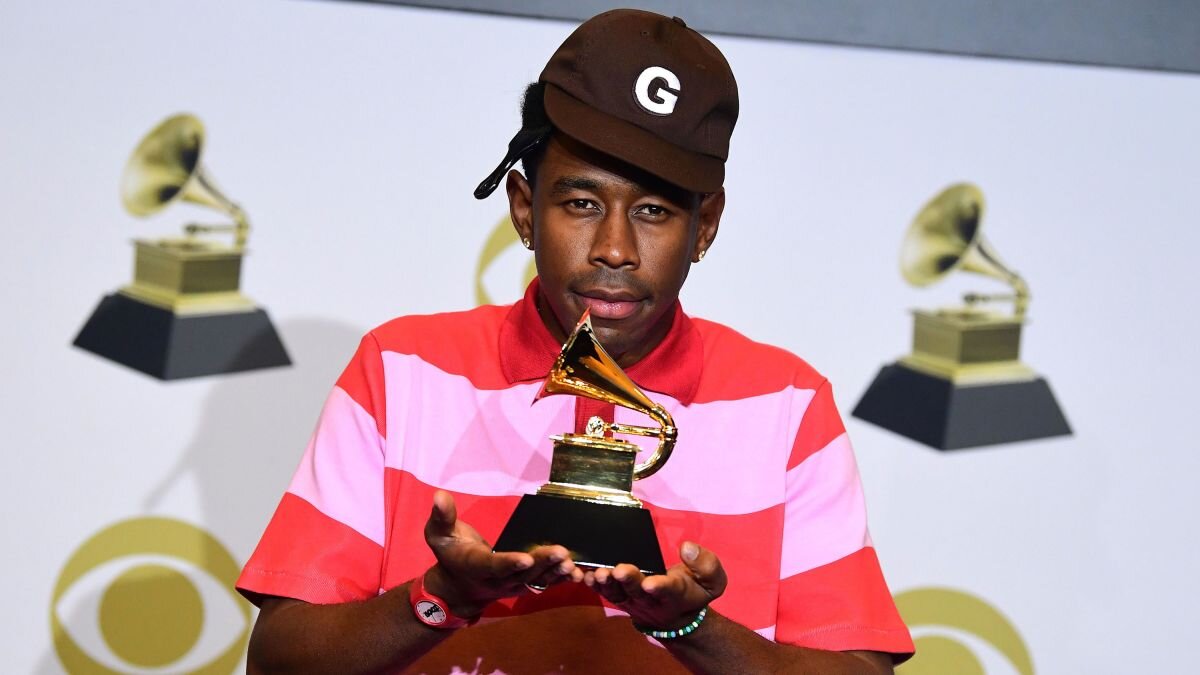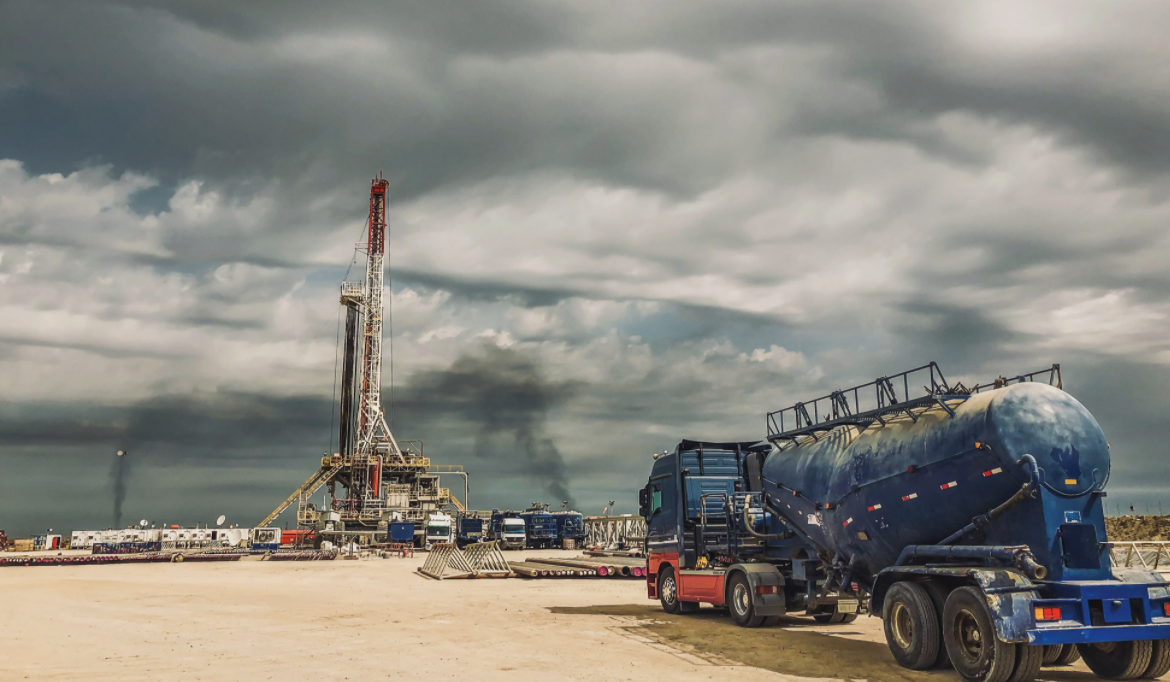Hundreds of pro-Trump supporters and self-proclaimed patriots stormed the United States Capitol in Washington D.C on Wednesday following the White House Ellipse, a rally orchestrated by the president and his administration in a final attempt to “#StoptheSteal” and prohibit Congress from certifying the electoral count that would declare Joe Biden the president-elect. The rally, which provided a platform for Trump and his most loyal defenders, consisted of battle-like cries by the president to “Save America” from an “egregious assault on our democracy.” Last Wednesday’s rally, along with the anti-democratic events that took place immediately after, were the result of claims made over the last two months from Trump and his allies in Congress insisting that the election results were fraudulent.
The violence that took place at the Capitol should not have come as a surprise after multiple reports of violent and threatening rhetoric that has been circulating online. USAToday reported that, “violent rhetoric including threats against elected officials and police officers flooded all social media platforms including Facebook, Twitter and Google’s YouTube, not just online forums popular with extremists.”
More than 80 percent of the top posts on TheDonald, a subreddit where participants create discussions and memes in support of Trump, featured unmoderated calls for violence in the top five responses, according to the same report..
Yet, in his video addressed to the rioters- some of whom were photographed in Anti-Semtic garb holding “Trump 2020” and Confederate flags while shouting hateful chants like “F*ck BLM”– President Donald Trump told his supporters to “go home in peace” right after assuring them that they were “very special” and loved. Social media users instantly took to Twitter, Facebook and Instagram to convey disbelief at the gentle and non threatening rhetoric used by the President to persuade the noncompliant mobs to leave the Capitol. Many were not hesitant in comparing the language used throughout Trump’s presidency, especially in 2020, when he described Black Lives Matter protestors and advocates as “thugs.”
BLM peaceful protest outside capitol building = rioters, looters, thugs
Armed terrorists storm, vandalize, loot capitol building = protesters
— Miguel (@Miguel) January 7, 2021
Trump to insurrectionists:
“We love you.”
“I know how you feel.”
“Go home in peace.”Trump to BLM peaceful protesters:
“LAW AND ORDER!”
“Thugs!”
“Looting leads to shooting”— Michigan Democrats (@MichiganDems) January 6, 2021
Alongside Twitter users, various news organizations left little room to dispute the drastic differences in treatment by law enforcement officials to Wednesday’s rioters and BLM protestors.
January 6, 2021 vs. June 1, 2020:
Here’s a look at how law enforcement responded to Trump supporters on Capitol Hill on Wednesday and #BlackLivesMatter protesters near the White House last year. More: https://t.co/At3Y4nRtLi pic.twitter.com/ODdjawMrxS
— Bloomberg Quicktake (@Quicktake) January 7, 2021
Last month in LA….
-We were unarmed.
-No takeover of the mayor’s mansion.
-No attempted coup.
-Just having “Black brunch” in front of @mayorofla’s house…with our kids and elders.What do you think would have happened if #BlackLivesMatter stormed the Capitol? pic.twitter.com/2ed152hRg8
— #BlackLivesMatter-LA (@BLMLA) January 7, 2021
Rhetoric oftentimes used by Republicans in the GOP was also a topic of conversation during the Capitol breach, and many were reminded of the derogatory language chosen to demonize peaceful BLM protesters last summer. Political pundits and commentators, like Candace Owens, shared their takes on Wednesday’s events as well, sticking to her usual controversial and attention grabbing word choice.
These images capture the horrific scene that took place outside of the Capitol building today.
Truly disgraceful.
Oh wait—my mistake. These are actually from the BLM “protests” over the summer. pic.twitter.com/BFO3ZJdVbD
— Candace Owens (@RealCandaceO) January 7, 2021
Throughout his presidency, Trump has frequently portrayed anti-racism protesters as “violent demonstrators” who want to cause chaos.
“They are not ‘peaceful protesters,’ as Sleepy Joe and the Democrats call them, they are THUGS,” he tweeted in September. He also said that demonstrators who wanted to take down Confederate statues were “people who don’t love our country.”
In May, Trump said that protesters outside the White House following George Floyd’s murder were “just there to cause trouble” and added that if any of those protestors got too close to the White House, “they would have been greeted with the most vicious dogs, and most ominous weapons.” This past July, he called a Black Lives Matter mural “a symbol of hate.”
This is in direct contrast to the words used in his video addressing his supporters’ efforts to disrupt Congress. In July, the president discouraged vandalism of federal property and said that, “Anarchists, Agitators or Protestors who vandalize or damage our Federal Courthouse in Portland, or any Federal Buildings in any of our Cities or States, will be prosecuted under our recently re-enacted Statues & Monuments Act. MINIMUM TEN YEARS IN PRISON. Don’t do it!”
It has been made clear throughout Trump’s time in office that his rhetoric around protestors, along with that of millions of his supporters around the country, ultimately comes down to race. His record of racist remarks that followed him into his presidency and grew throughout his time in office will trail right behind him as he leaves on January 20.
From failing to condemn far-right white supremacists in Charlottesville- after which he infamously said there were “very fine people on both sides” and that it was “sad to see the history and culture of our great country being ripped apart with the removal of our beautiful statues and monuments”- it is clear that Trump cared less about the damage protestors might have caused than he did the issue behind them. Why else would he describe those who stormed the capitol as “great patriots who have been badly & unfairly treated for so long”?





